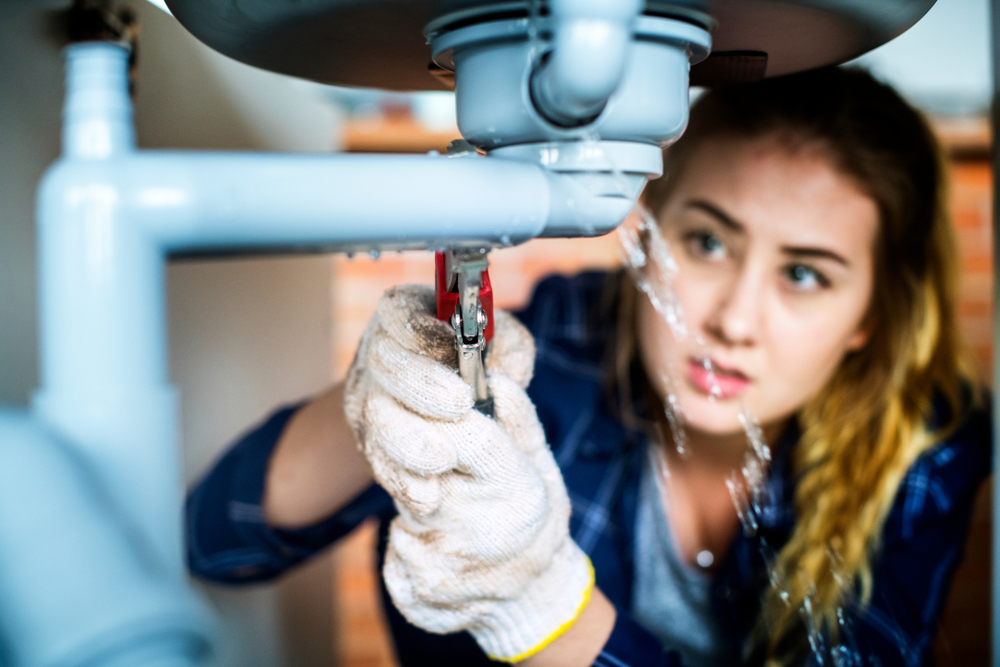In the realm of industrial quality assurance, ensuring the safety and integrity of systems is paramount. An innovative solution within this field is the multi-device leak detection network. By implementing this cutting-edge technology, industries can not only enhance safety but also improve efficiency by minimizing potential risks associated with leaks.
The significance of this network cannot be overstated. As industries increasingly rely on technology-driven solutions, the ability to swiftly detect and address leaks becomes essential. This network's design ensures that even minor leaks are identified promptly, thereby preventing potential damage and optimizing operational processes.

How Does a Multi-device Leak Detection Network Work?
A multi-device leak detection network functions by integrating various sensors and devices to monitor areas prone to leaks. These sensors continually communicate with a central system, evaluating data in real-time. In doing so, they provide immediate alerts, allowing personnel to take swift corrective actions.
The beauty of this network lies in its ability to work seamlessly across multiple devices. Each device plays a critical role in monitoring different parameters related to leaks. For instance, one might focus on detecting changes in pressure, while another concentrates on moisture levels.
Essential Features
While discussing the essential features of a multi-device leak detection network, some aspects stand out:
- Real-time Alerts: One of the standout features is the provision of real-time alerts. As soon as a potential leak is detected, the system notifies the responsible teams, enabling them to act promptly.
- Comprehensive Monitoring: Coverage extends across various devices, each equipped to monitor different aspects and areas. This comprehensive approach ensures all potential risks are managed effectively.
- Enhanced Integration: This network boasts enhanced integration capabilities. It can easily be amalgamated with existing systems, providing a holistic solution to leak detection.
For more on how this technology works, check out this external insight on smart leak detectors.
Why Industries Are Adopting This Solution
The shift towards a multi-device leak detection network isn't just a trend; it's fast becoming a necessity. With the increasing complexity of industrial systems, traditional methods of leak detection prove inadequate. Here's why many industries are opting for this contemporary solution:
1. Prevention of Downtime: Leaks, if unnoticed, can lead to significant operational downtimes. Such disruptions can be costly. By employing a network that detects leaks early, industries reduce downtime, ensuring continuous operations.
2. Cost Efficiency: Beyond preventing downtime, early leak detection helps in reducing repair costs. Damage caused by leaks can escalate quickly, leading to extensive repairs and replacements.
3. Environmental Responsibility: Today's industries are under scrutiny to maintain environmentally friendly operations. Leaks can result in environmental hazards. By incorporating this network, companies demonstrate their commitment to sustainable practices.
Examples of Successful Implementations
Several industries have already seen significant benefits from adopting the multi-device leak detection network. For example, flood detection systems have effectively prevented potential disasters in factories by identifying leaks at critical junctions.
Incorporating such a network transforms how industries maintain their infrastructure, as detailed in these remote access solutions.
Conclusion
In conclusion, the adoption of a multi-device leak detection network is an imperative step for modern industries aiming to enhance safety, efficiency, and environmental stewardship. The shift to this advanced technology can help safeguard infrastructures while promoting operational excellence. For more insights into the broader scope of water leak technologies, consider exploring this AI in water management exploration.

FAQ
1. What is a multi-device leak detection network?
A comprehensive network of interconnected devices and sensors designed to monitor and detect leaks in real-time across various platforms and systems.
2. Why is real-time alert important in leak detection?
Real-time alerts are crucial because they enable immediate response to potential leaks, minimizing damage and operational disruption.
3. How can industries benefit from this network?
Industries benefit by reducing operational downtimes, limiting repair costs, and maintaining environmentally responsible practices, ensuring overall efficiency and safety.






